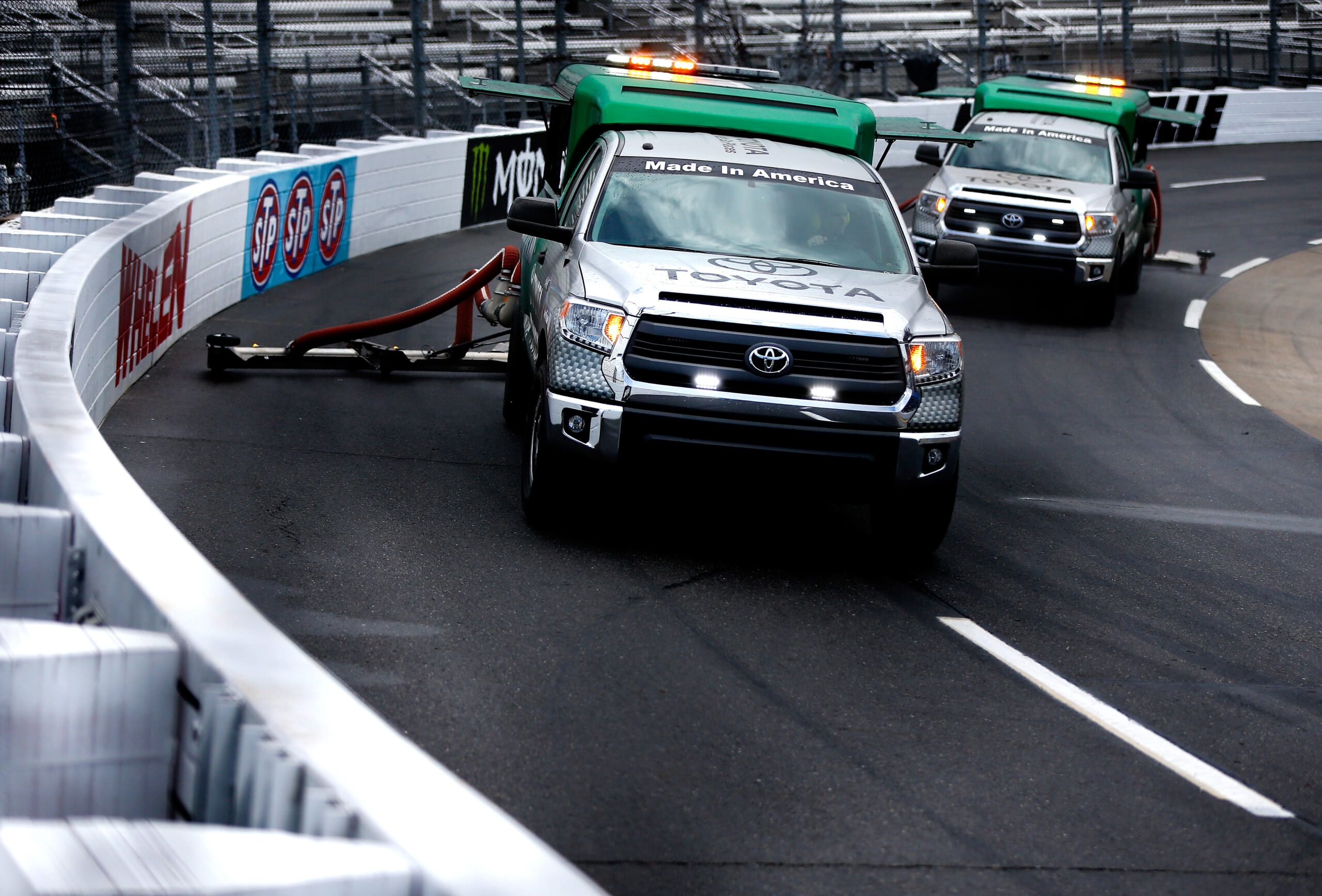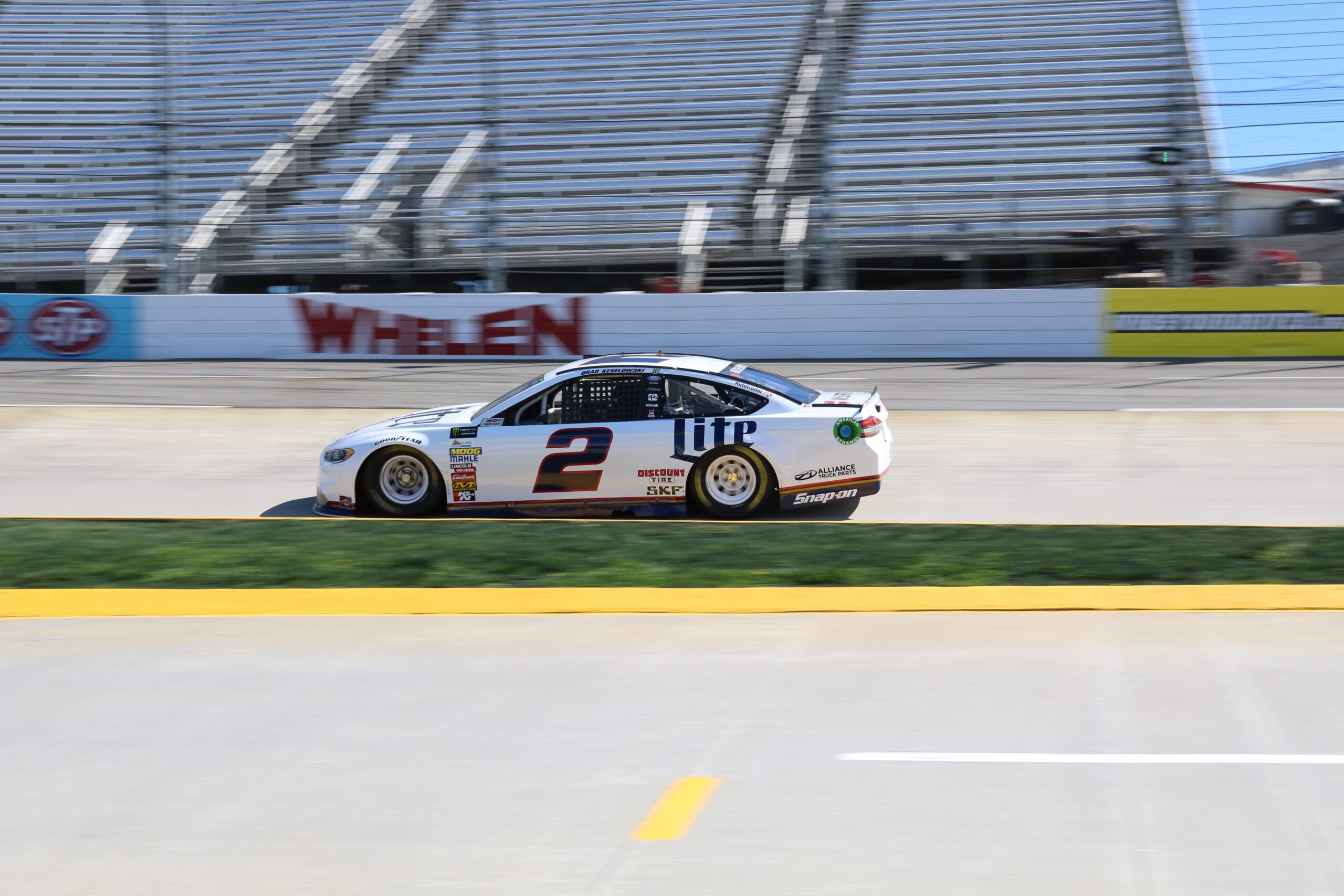MARTINSVILLE, Va. — Martinsville Speedway best suits drivers who figure out the rhythm to racing around the .526 mile paperclip short track. Unsurprisingly, this heavily favors experienced drivers over rookies at Martinsville.
The textbook example is Jeff Gordon. He once said that of all the tracks he raced at in his 23-year career, Martinsville was the one that changed the least. And the stats back that up. While he didn’t have the most all-time wins at Martinsville when he retired, he finished outside the top-10 only nine times in 47 career starts.
Teammate Jimmie Johnson has also found similar success at Martinsville with nine wins, a better top-five finishing average and only a slightly smaller top-10 finishing average than Gordon.
But Johnson admits it wasn’t smooth from the start.
“For me it took being lapped by Tony Stewart to figure it out and then I followed him and got myself back on the lead lap and had a decent finish,” he said.
Martinsville is no stranger to periods of dominance by one or more drivers. Richard Petty won 15 races at the tiny paperclip in his career, Darrell Waltrip won 11, Gordon won nine — including his final career victory in 2015 — and Johnson with nine. But the last six trips to Martinsville have produced six different winners: Kurt Busch, Dale Earnhardt Jr., Denny Hamlin, Gordon, Kyle Busch and Johnson.
So at a track that rewards drivers who best understand its rhythm and is known for dominance by select drivers, what’s produced such parity? Hamlin says it’s data sharing.
“Data sharing has changed the game in which drivers learn how to be fast and how to be good at certain racetracks,” Hamlin said. “That really was kind of a turning point, I think, for myself, and really circumstances ‑‑ every time the field ‑‑ if the field gets closer to you, you have room for error to get a race win….So when the field gets close like that, that just makes you have to be on your game every single time, where before I feel like I could have kind of overcome anything that kind of threw our way at any point in the race. There’s just ‑‑ you can’t do that now.”
However, some drivers, even top level drivers, in NASCAR go their entire careers without deciphering it. NASCAR Hall of Fame member Bobby Allison, who won 31 of his 84 career races in the Monster Energy NASCAR Cup Series on short tracks, went his entire career without winning a single race at Martinsville.
Even when a driver knows the method of racing around Martinsville, it’s not simply something that can be duplicated and passed down to another driver. As Johnson explains, it’s something a driver must figure out on his/her own.
“I came here and tested with the No. 24 and had Jeff working diligently with me to figure it out and it didn’t click, looking at the data he would hop in my car and go faster and it was just frustrating and then it finally clicked,” Johnson said. “It’s one thing to create short run speed, but there are some little things here in the rhythm that could just chew up tires and wear the tires out and make you drop back way too fast. It’s been great because I feel like once you understand how to get around here it’s something that you can keep for a long time, regardless of tire, generation of car, the test of time it really stands up here on this small track more than anywhere.”







